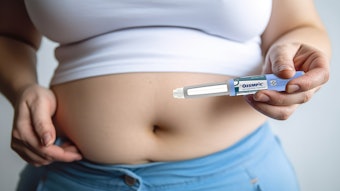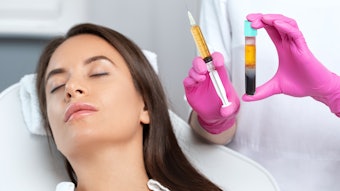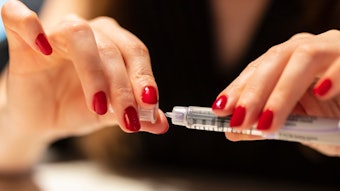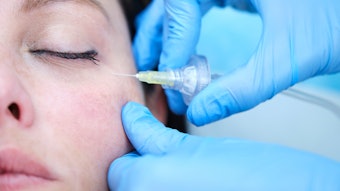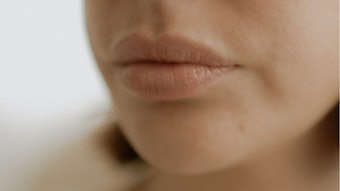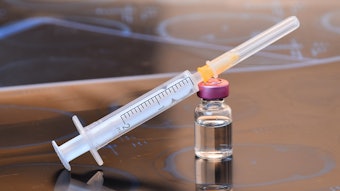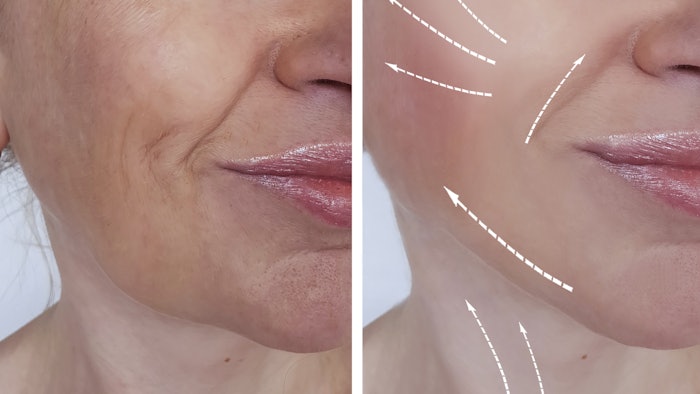
Mechanical micronization of adipose tissue has great potential as an alternative for regenerative medicine, and it can be used to produce stromal vascular fraction gel that can be injected intradermally, according to a study published in the Journal of Plastic and Reconstructive Surgery (December 2021).
Researchers Shengqian Zhu, MD et. al, designed the study to assess and discover the therapeutic effects of stromal vascular fraction gel in reversing photoaging in skin.
Related: SVF Gel Offers Long-term Improvement for Infraorbital Hollows
The researchers established a photoaging model in nude mice. The photoaged mice received treatments of stromal vascular fraction gel, fat, tretinoin or phosphate-buffered saline. The mice's skin was assessed at baseline and post-treatment using histologic and immunohistochemical analyses. Researchers also assessed the expression of collagen synthesis-related or photoaging-related genes.
While stromal vascular fraction gel, fat and tretinoin all reversed photoaging, stromal vascular fraction gel demonstrated the greatest therapeutic effect. The treatment using stromal vascular fraction gel restored intradermal fat tissue content and increased dermal collagen density. It also had the strongest effect on stimulating firbroblasts and increasing the expression of transforming growth factor β1 (TGF-β1) to produce a propeptide of type-I procollagen.
Stromal vascular fraction gel decreased the expression of Smad 3 in comparison to fat and tretinoin. The expression of photoaging-related genes was significantly reduced, whereas expression of fibulin-5 was significantly increased after stromal vascular fraction gel treatment.
Related: SVF Does Not Enhance Efficacy of PRP
The authors determined that stromal vascular fraction gel proved to have therapeutic benefits in reversing photoaging skin; it can be injected intradermally and survive within dermal layer after grafting. Its ability to produce propeptide of type I procollagen increased the amount of collagen I in the skin, thus leading to the thickening of the dermis of photoaging skin.

